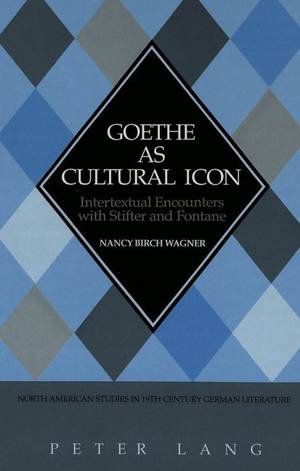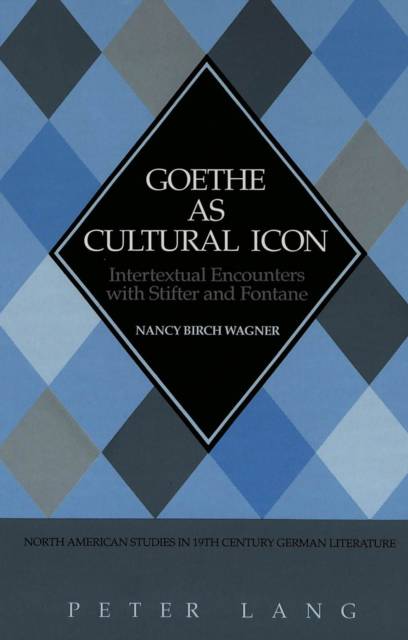
- Afhalen na 1 uur in een winkel met voorraad
- Gratis thuislevering in België vanaf € 30
- Ruim aanbod met 7 miljoen producten
- Afhalen na 1 uur in een winkel met voorraad
- Gratis thuislevering in België vanaf € 30
- Ruim aanbod met 7 miljoen producten
Zoeken
€ 55,95
+ 111 punten
Omschrijving
The legacy of Goethe in the nineteenth century is familiar and fertile territory to literary scholars. In contrast with typical influence studies, which compare Goethe with his epigonal successors, this work breaks new ground in previously unappreciated areas and in several subtle forms. Focusing on two prominent and distinctly different nineteenth-century writers, the Austrian Adalbert Stifter (1805-1868) and the Prussian-born Theodor Fontane (1819-1898), the book discovers the importance of Goethe's views on the visual arts to the realistic theorizing of both writers by deftly encompassing several seventeenth-century Dutch genre painters, as well as the nineteenth-century sculptor of the Brandenburg Gate in this sphere of aesthetic influence. Of particular interest to the study of Goethe's resonance are the role of George Henry Lewes's 1855 biography of Goethe and the reverberation of Goethe's concept of «Gegenständlichkeit», which are studied within the context of their writings and the era in general.
Specificaties
Betrokkenen
- Auteur(s):
- Uitgeverij:
Inhoud
- Aantal bladzijden:
- 220
- Taal:
- Engels
- Reeks:
- Reeksnummer:
- nr. 17
Eigenschappen
- Productcode (EAN):
- 9780820424729
- Verschijningsdatum:
- 1/02/1995
- Uitvoering:
- Hardcover
- Formaat:
- Genaaid
- Afmetingen:
- 161 mm x 238 mm
- Gewicht:
- 453 g

Alleen bij Standaard Boekhandel
+ 111 punten op je klantenkaart van Standaard Boekhandel
Beoordelingen
We publiceren alleen reviews die voldoen aan de voorwaarden voor reviews. Bekijk onze voorwaarden voor reviews.











